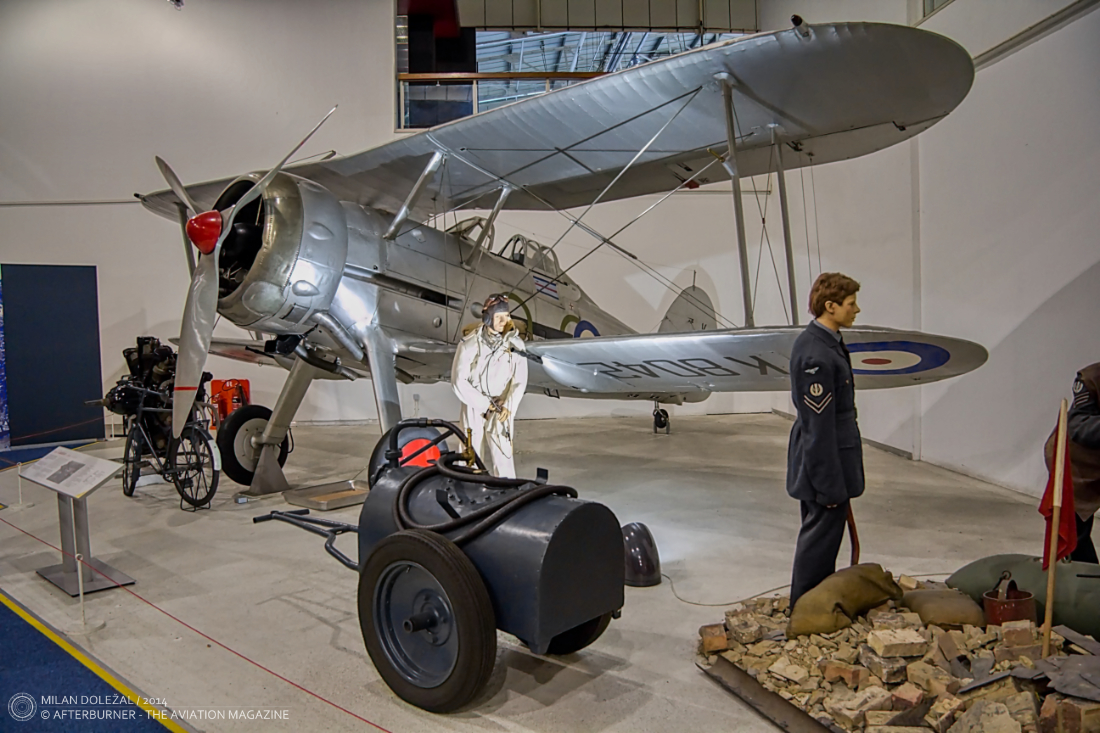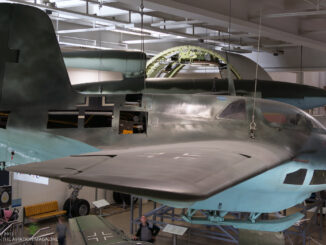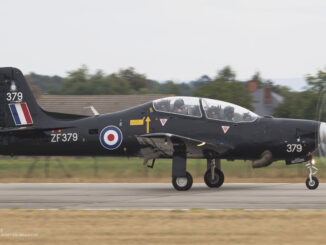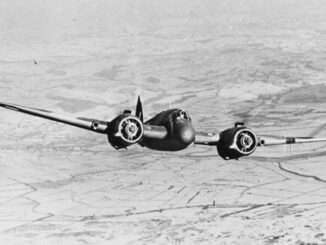 On 12th September 1934, prototype of Gloster Gladiator biplane fighter performed its first flight.
On 12th September 1934, prototype of Gloster Gladiator biplane fighter performed its first flight.
Developed by Gloster as a private company venture, the Gladiator became a quite popular fighter aircraft of the late 1930s. In the United Kingdom, the aeroplane served with the Royal Air Force and the Fleet Air Arm, and was also acquired by several other countries all over the world. The Gladiator was one of the few biplanes that were actively used in combat during the World War II and the last biplane fighter of the RAF.
By the time the Gladiator entered operational service, it was already clear that the future of fighter aviation lay not with biplanes, but with low-wing monoplanes with retractable landing gear. Nevertheless, for many countries the Gladiator was a cheaper, less sophisticated and, most importantly, a readily available alternative.
The RAF still used the Gladiators operationally during the Second World War, specifically in the French, Norwegian and Greek campaigns, the defence of Malta and over the Middle East. The aeroplane was also in service with Australian, Chinese, Belgian, Norwegian, Finnish, Greek and South African air forces. One of the most notable campaigns was the 1941 Anglo-Iraqi War, in which both the RAF and the Royal Iraqi Air Force used the Gladiator as their primary fighter aircraft.
In addition, several Gladiator pilots achieved the ace status. The leading Gladiator ace was Marmaduke “Pat” Pattle with 15.5 confirmed victories, followed by William “Cherry” Vale and Joe P. Fraser with 10 and 9.5 victories, respectively. There were also Gladiator aces in Finland and China.
Full story here.



